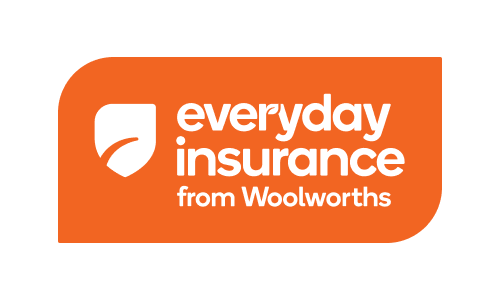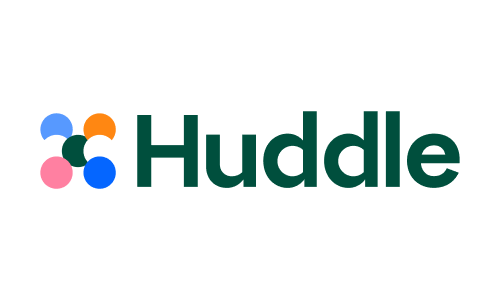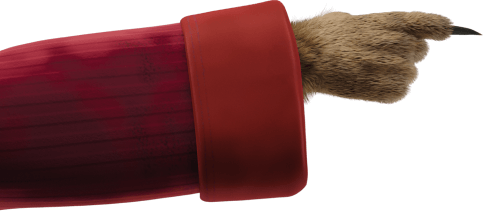






We do not compare all brands in the market, or all products offered by all brands. At times certain brands or products may not be available or offered to you. Learn more.
Top 3 things to know about contents insurance
It pays to compare contents insurance
Compare quotes in minutes and start saving today.
Simple to use
Get started by answering a few quick questions to help us understand your home insurance needs.
Compare & save
Save time and money by easily comparing home insurance options from a range of providers side-by-side.
Switching is easy
Follow a few easy steps online to switch to a new home insurance deal that suits you and your budget.

Why compare with us?
Our smart comparison technology is trusted, free, safe and secure.

We believe the best decisions start with a comparison.
We’re proud to have helped millions of Aussies look for a better deal.
4.3 / 5

Based on 2,903 reviews
23 million comparisons and counting
4.5 / 5

Based on 1,884 reviews
Ratings as of 09/06/2025.
A guide to contents insurance
Updated 21 October 2024




 Some optional cover that might be available in content insurance products include:
Some optional cover that might be available in content insurance products include: Contents insurance doesn’t cover your home building or other structures at your insured address, like fences, sheds and garages. You’ll need home insurance cover or a combined home and contents policy to safeguard these structures.
Contents insurance doesn’t cover your home building or other structures at your insured address, like fences, sheds and garages. You’ll need home insurance cover or a combined home and contents policy to safeguard these structures. There are some things you can do to reduce the price of your policy, including:
There are some things you can do to reduce the price of your policy, including: